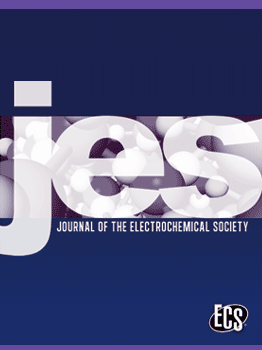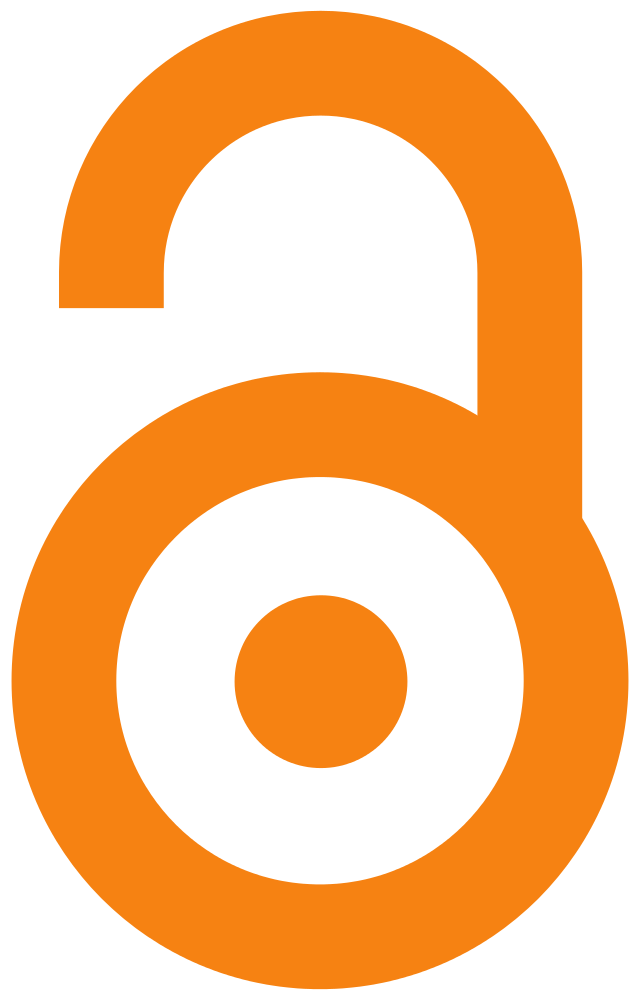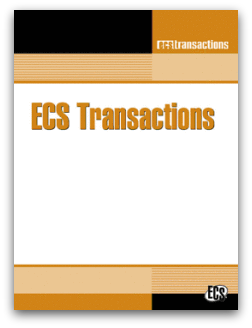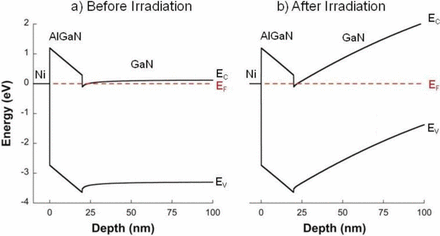 Scholarly publishing news has been buzzing about 1science’s recently published large-scale study on the impact of Open Access. This study analyzed more than 3 million papers and found that Open Access papers have a 50% greater citation advantage than papers in subscription-based journals.
Scholarly publishing news has been buzzing about 1science’s recently published large-scale study on the impact of Open Access. This study analyzed more than 3 million papers and found that Open Access papers have a 50% greater citation advantage than papers in subscription-based journals.
Meanwhile, ECS has also been performing its own (much smaller-scale) research to confirm this hypothesis. In May 2015, ECS launched a study, led by Daniela Solomon, a librarian at Case Western Reserve University, to examine the citation advantage for Open Access articles published in Journal of The Electrochemical Society (JES).
The study looks at both downloads and citations of articles published in a single volume of JES. This brief note outlines the results at the end of one year; however, we consider these results preliminary as we will continue to run the study for another year.
We will publish our findings again when the study closes: in the meantime we’d be interested in hearing your comments and thoughts on our findings so far.


 NASA recently announced that all research funded by the space agency will be accessible to anyone looking to access the data at absolutely no cost.
NASA recently announced that all research funded by the space agency will be accessible to anyone looking to access the data at absolutely no cost. Beginning today, ECS is running a sale on ECS Transactions, specifically on ECST PRiME Meeting “Enhanced” Issues and select other ECST issues. For the next few weeks,
Beginning today, ECS is running a sale on ECS Transactions, specifically on ECST PRiME Meeting “Enhanced” Issues and select other ECST issues. For the next few weeks,  In 1995, Forbes published an article entitled, “
In 1995, Forbes published an article entitled, “ Now that more and more publishers are
Now that more and more publishers are 

